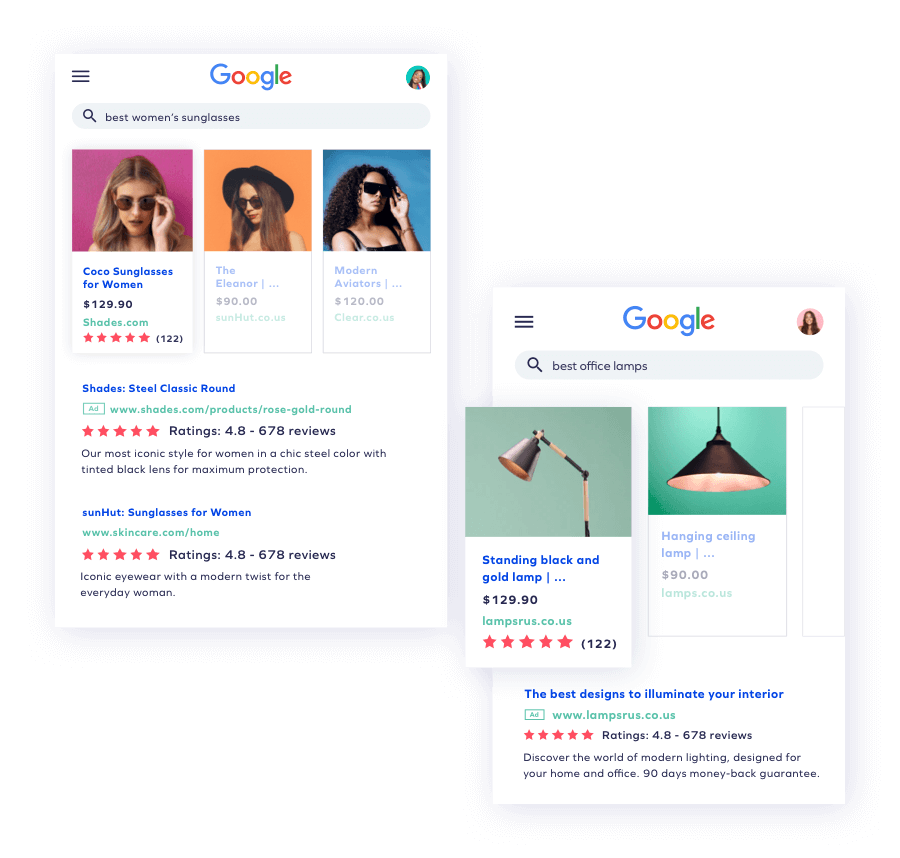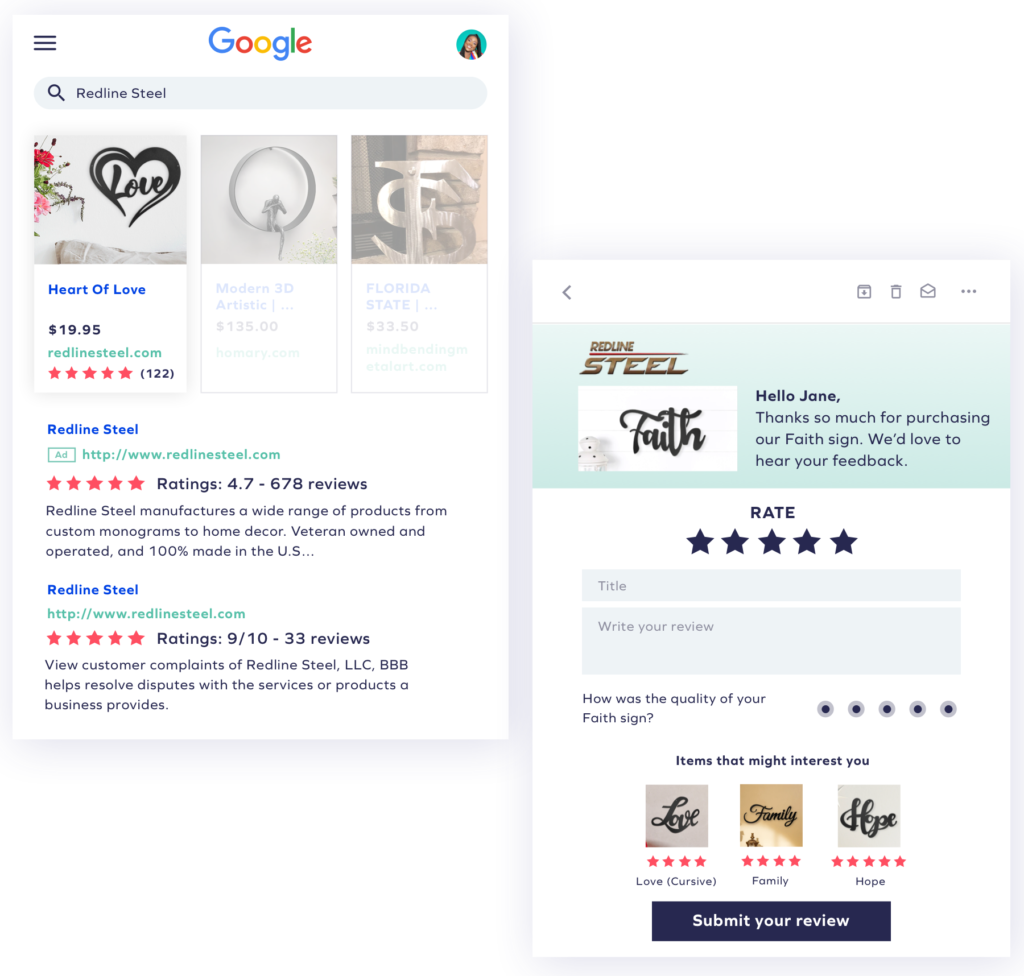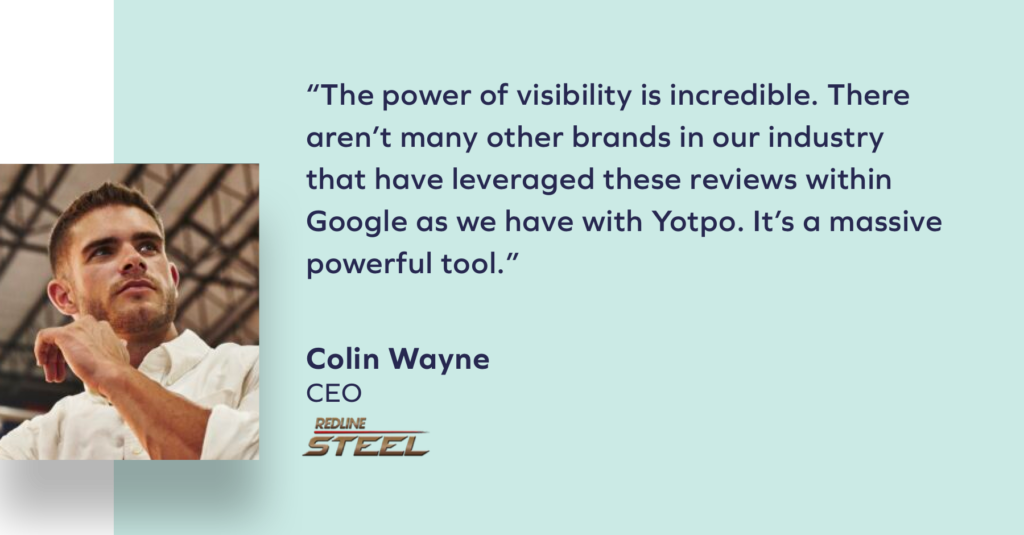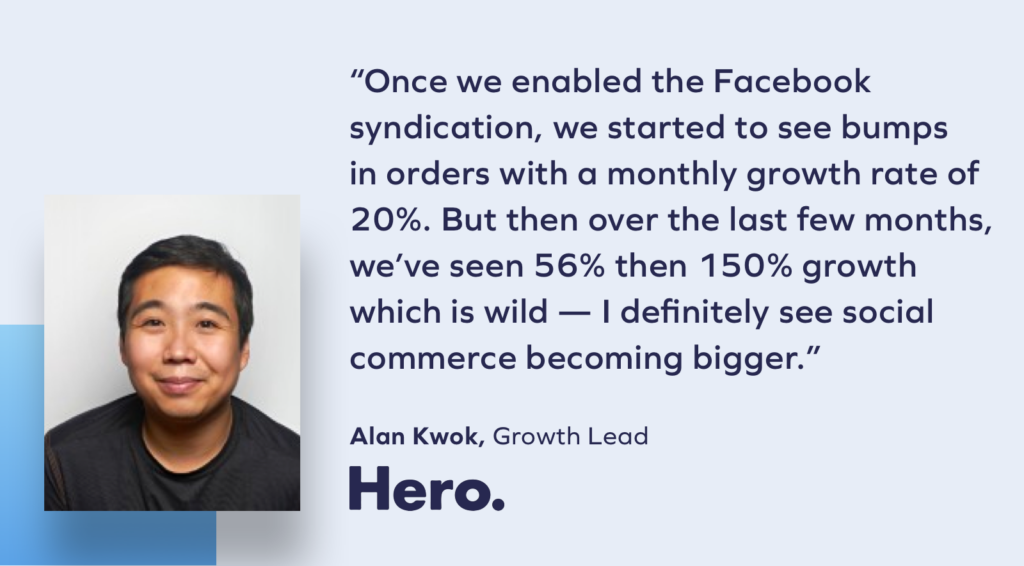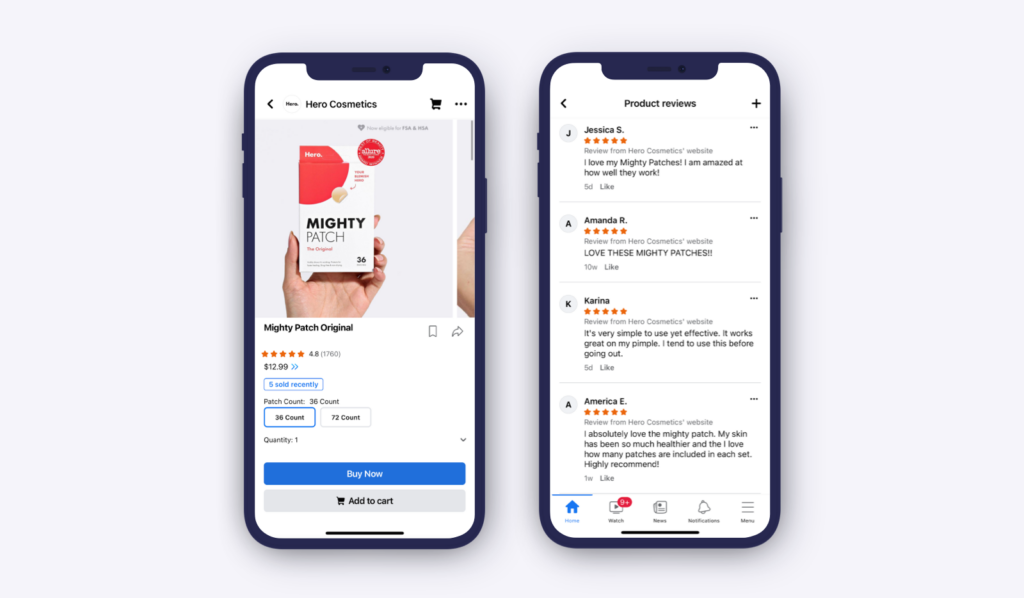Walmart Marketplace is a curated community of respected, professional sellers who offer only top-quality, authentic products and best-in-class customer service. The main advantage of selling on Walmart is that after Amazon, Walmart.com is the largest player in the United States eCommerce market, with over 120 million monthly shoppers. Brands who sell on the platform not only get access to Walmart’s incredible reach, but there’s also less competition and more brand authority because Walmart has much stricter requirements for being a seller than Amazon.
Walmart Marketplace offers sellers an opportunity to leverage a trusted, popular platform to get their products in front of potential customers. To capitalize on the retailer’s rapid growth, eCommerce platforms like Shopify are partnering with the retail giant to make it as easy as possible for more brands to sell on Walmart Marketplace.
Why you need social proof on Walmart Marketplace
For brands just starting out on Walmart Marketplace, it can take time to generate sufficient reviews for each product. Without a convincing number of reviews on your products, consumers are likely to bounce to a different brand faster, especially on such a highly competitive platform.
Yotpo’s unique partnership with Walmart makes it easy to syndicate all of your existing product reviews to Walmart, so you can build trust and accelerate sales right away. And with our new and improved Walmart Reporting Dashboard, your brand can gain even more clarity into which reviews are being syndicated.

Yotpo x Walmart: iFLY case study
Family-owned travel fashion brand iFly knew the importance of authentic customer feedback, so they began collecting reviews with their previous reviews platform, Bazaarvoice. However, as iFLY expanded its digital ambitions, it migrated to Yotpo because of the elevated user experience, easy digital integrations, and Walmart syndication partnership.

Switching over to Yotpo gave iFLY the flexibility and freedom to customize their review requests, resulting in a better user interface and experience, and ultimately leading to an increase in their review submissions. In fact, they were able to collect and syndicate 1,000 new reviews to Walmart in just 40 days.
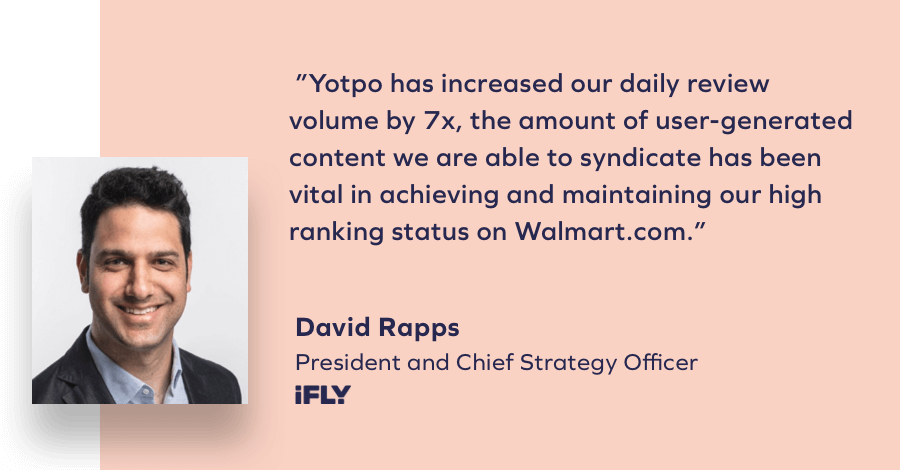
Conclusion
With more brands and products coming online every day, taking advantage of new channels for customer acquisition is the key to growth, especially for newer or small brands. Yotpo has cultivated partnerships with major third-party retail platforms to allow brands to easily integrate their reviews and visual UGC into their product listing to boost discovery, brand trust, and sales from day one. That will free you up to focus on turning all of those new customers into loyal shoppers and brand advocates.
To learn more about how Yotpo can help you scale your business on both third-party retail platforms and your eCommerce site, request a demo.








